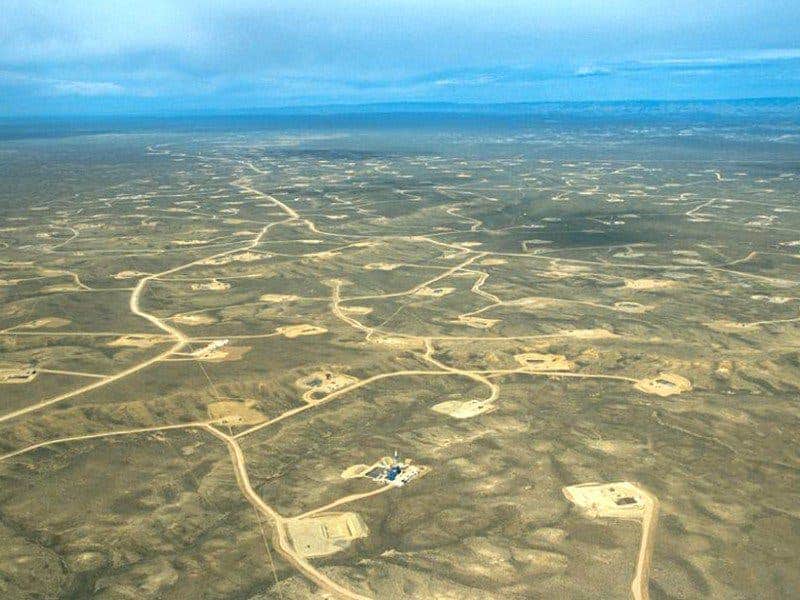We’ve read and written a lot about hydraulic fracking, the process of injecting a pressurized mixture of ‘fracking fluid’ to fracture the rock. There are several risks and environmental problems associated with fracking, including pollution, water contamination and increased seismicity. However, as a new study has shown, another problem that shouldn’t be underestimated is the sheer use of water, which can have a huge environmental impact.

The increasing number of fracking sites in the US and in the world is raising numerous environmental concerns, and the “frack now, study later” approach done in many places makes is plain irresponsible. Researchers from the USGS have created a national-scale map of injected water usage in order to better assess the environmental impact of hydraulic fracturing – especially water usage.
Fracking generally uses huge quantities of water, usually on the order of millions of gallons per well for one fracturing (additional water is used for refracturing). Gallegos et al. examined data from over 263,800 oil and gas wells of all types, fractured between 2000 and 2014, finding that water usage varied mostly depending on the type of reservoir. The highest volumes of water were injected in shale gas areas, whereas coal bed methane, tight oil, and tight gas areas used less water (“tight” means rocks with low permeability). Drilling direction also impacted water volume: average water use for horizontal wells increased steadily along the years, while vertical consumption remained relatively stable.
The thing is, water is a limited resource in most parts of the world, and when you’re using water on this scale per well, you’re taking water from other activities. This can affect agricultural practices and the behavior or surface waterways, which are vital for local ecosystems. While fracking remains a controversial practice, one thing is for sure: we need to better understand what fracking does to the local environment before we apply it at an even larger scale.


